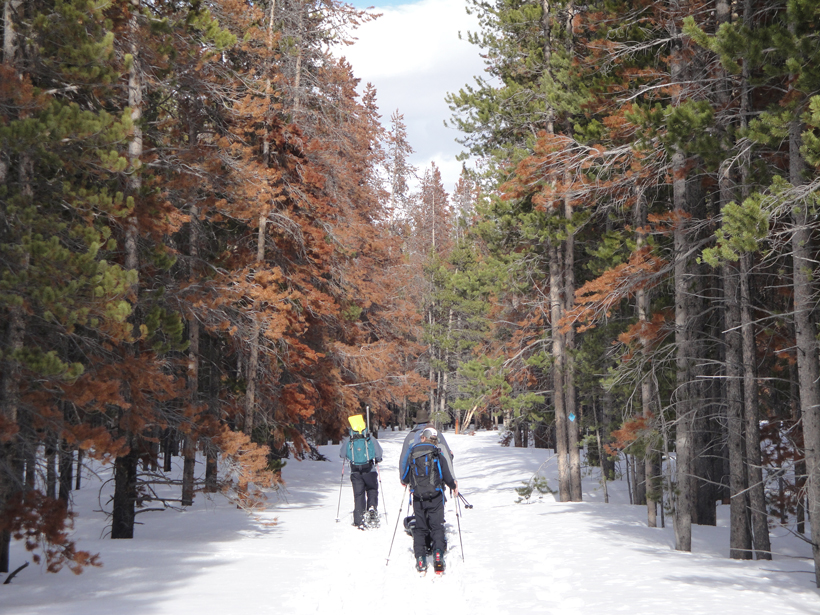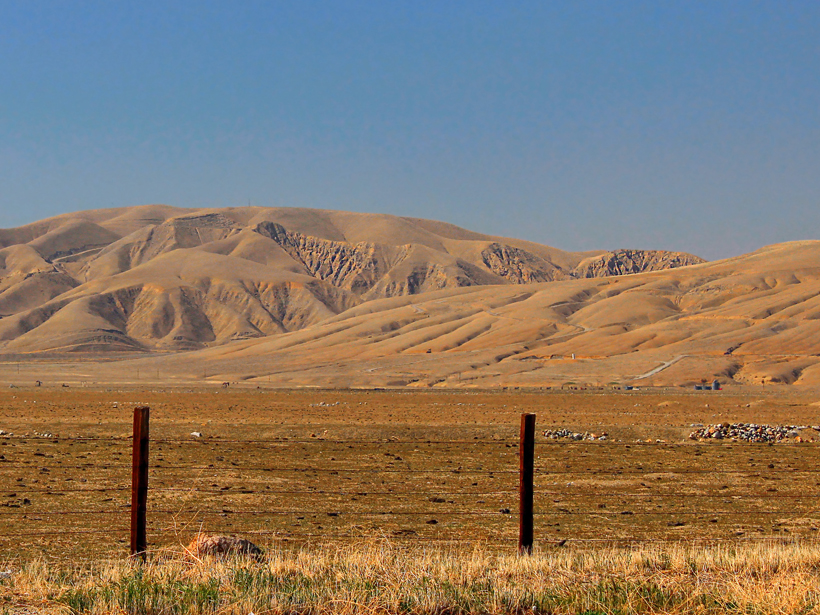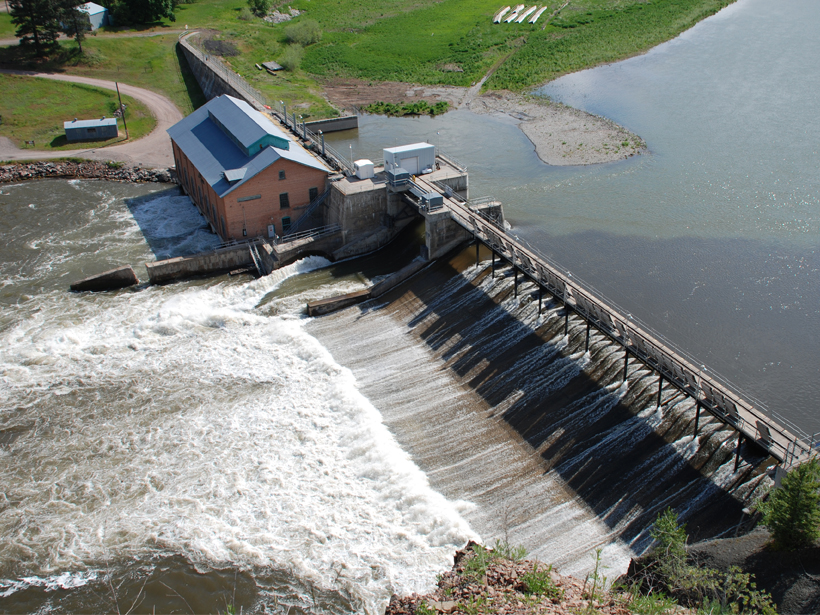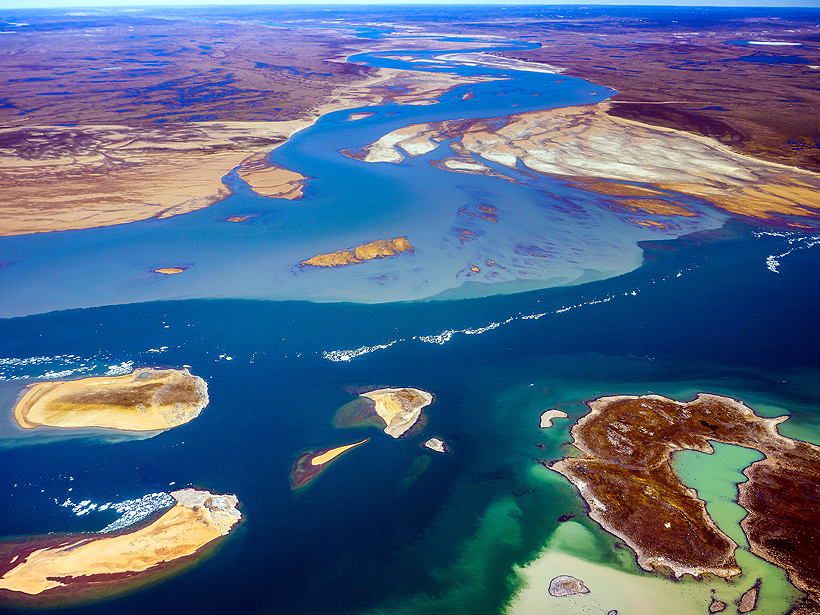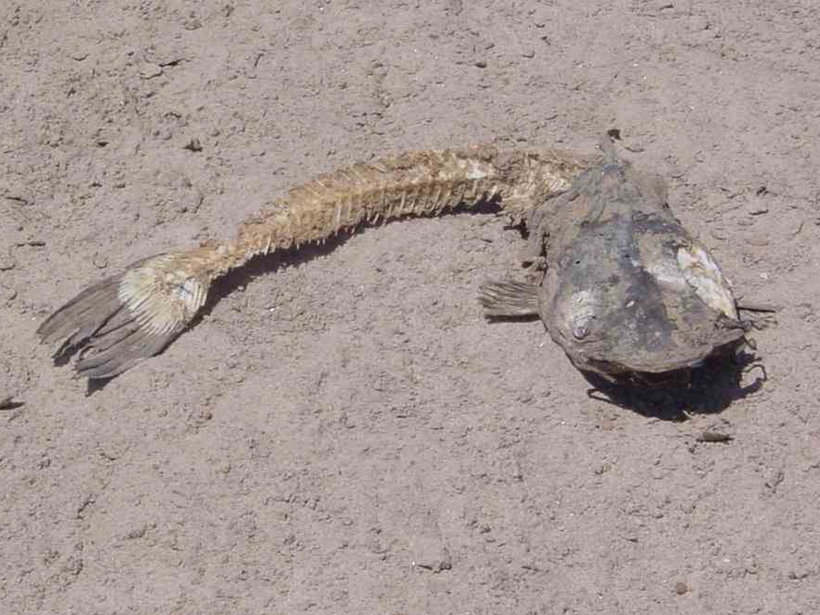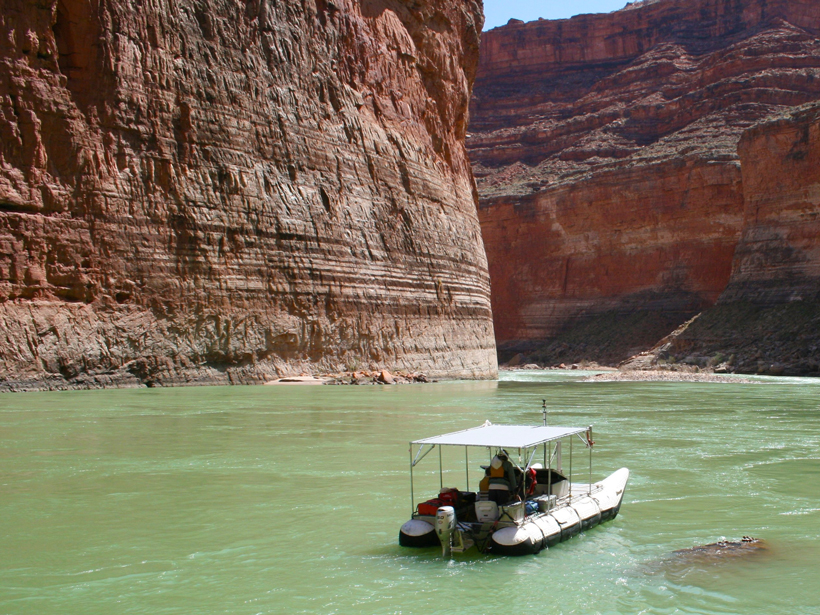Recent beetle epidemics have driven tree die-offs across North America, and previous studies predicted an increase in annual streamflow would follow—but a new study shows this may not be the case.
rivers
Predicting Changing Human Preferences in Water Basin Management
A model of human-water interactions in Florida's Kissimmee River Basin demonstrates the potential for sociohydrologic models to assist with strategic water management decisions.
California Is the Driest It's Been in 2000 Years
Scientists reconstruct the paleohydrology of Tulare Lake to unravel the region's long-term drought history.
Modeling the Future of Dissolved Organic Carbon in Boreal Forests
Climate change and forest harvesting will increase the concentration and flow of dissolved organic carbon in boreal streams.
Night Lights Illuminate Human Presence near Rivers
Nocturnal satellite imagery and other fine-scale data could improve global water resources management.
Contaminated Sediment and Dam Removals: Problem or Opportunity?
Restoring rivers to their free-flowing state promises a host of environmental benefits, but contaminated sediments may cloud the picture.
Largest Grains Dominate River Bedrock Erosion Rates
The effect of particle size on bedrock erosion rates adds complexity to modeling bedrock channel evolution.
Small Rivers Could Have Big Impact on Arctic Ocean
The Mackenzie River carries the bulk of freshwater flow from North America's tundra to the North Atlantic. But what about the effects of smaller rivers from Canada's Arctic islands?
How Can We Better Understand Low River Flows as Climate Changes?
When rivers run low, they threaten ecosystems, economies, and the communities who depend on them. Scientists need to determine how climate change alters this process, but to do so, they'll have to abandon a long-held assumption.
Using Sound Waves to Study Grand Canyon Sediment
New technology could help scientists understand how experimental floods from Glen Canyon Dam restore sandbars downstream.

